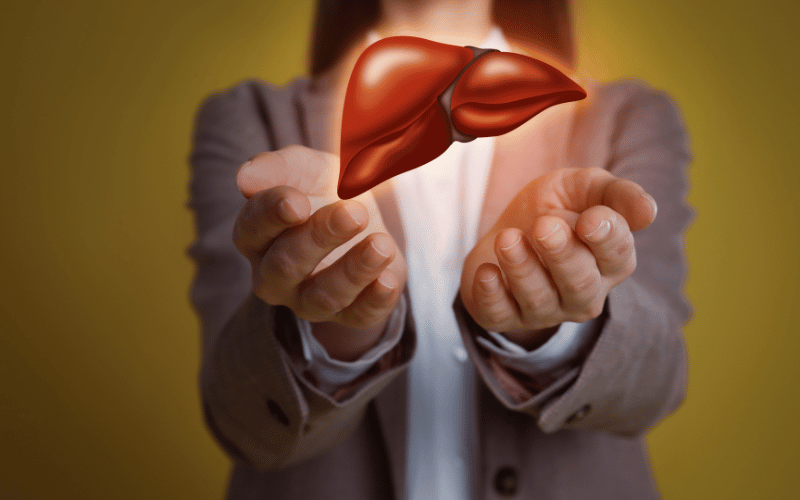Symptom 8: Enlarged Liver

One of the more direct symptoms of Non-Alcoholic Fatty Liver Disease (NAFLD) is an enlarged liver, medically known as hepatomegaly. This physical change is often felt during a physical examination, where a healthcare provider can detect an increase in size of the liver. The enlargement is a result of fat accumulation in the liver cells, leading to swelling and an increase in the size of the organ.
An enlarged liver isn’t just about size; it’s a sign that the liver is under stress, struggling to function amidst the fatty infiltration. This change in size can lead to discomfort and a feeling of fullness in the abdomen, symptoms that are hard to ignore.
Hepatomegaly is a clear signal that the liver is in distress, and it demands medical attention. Through tests and imaging, healthcare providers can assess the extent of the enlargement, understand the impact on liver function, and formulate an appropriate treatment plan.
Addressing an enlarged liver due to NAFLD requires a holistic approach. Lifestyle changes, including adopting a healthier diet, engaging in regular physical activity, and managing weight, become crucial components of the treatment strategy. These changes aim to reduce the fatty buildup in the liver, alleviate the swelling, and support the liver in its recovery process.
With timely intervention and a commitment to lifestyle modifications, the enlargement of the liver can be addressed, and liver function can be restored. It’s a journey that requires patience, consistency, and a focus on long-term liver health. (8)